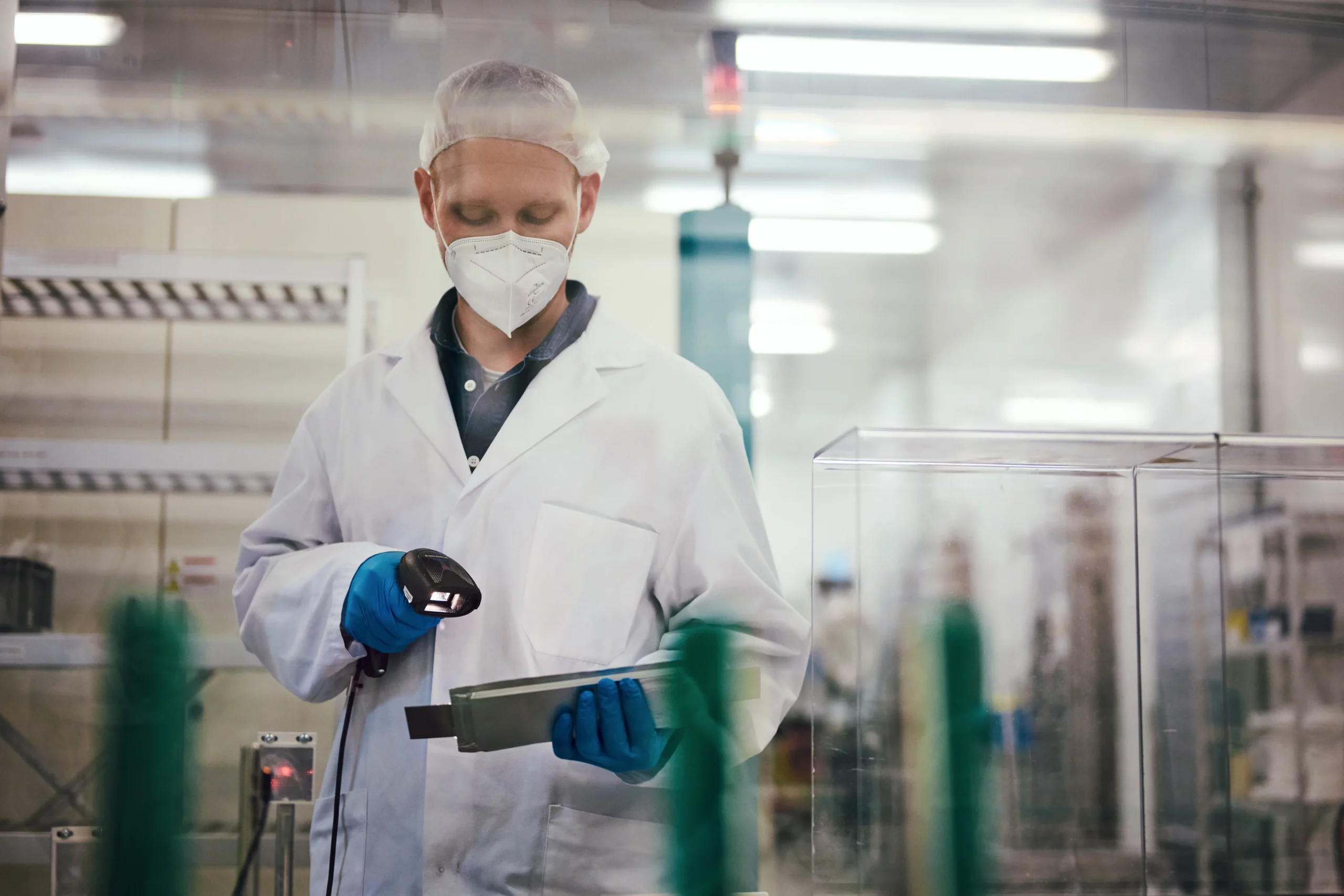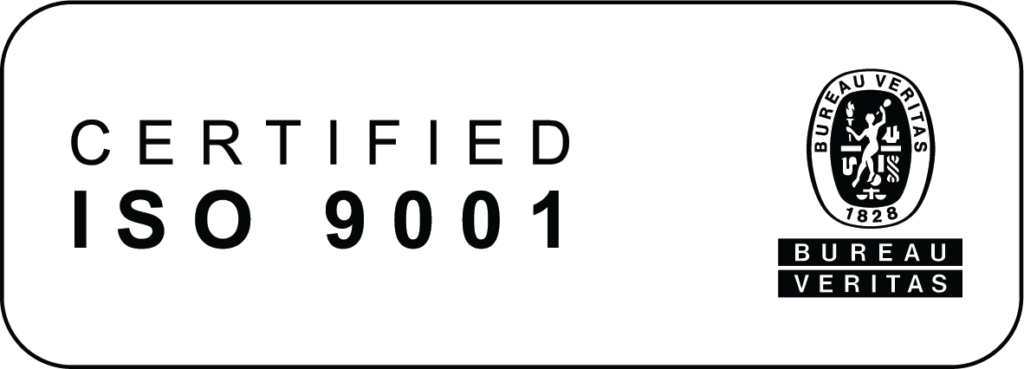Welding battery cells is considered energy-intensive. However, Herrmann Ultraschall, a specialist in the field of ultrasonic welding, has been able to develop a process that consumes up to 75 percent less energy than conventional approaches and still impresses with minimal scrap rates. In order to manufacture its own battery cells even more sustainably in the future, Customcells is therefore relying on cooperation with the company from Karlsbad.
Even in an initial welding project between the two companies, it became clear that Herrmann’s ultrasonic technology can offer great added value as a joining technology for battery cells. Specifically, the measurement and analysis of the welding parameters and the provision of precisely adapted welding tools for the pre-weld and main weld significantly reduced the reject rate of battery cells with a special tab design.
“Customcells has always been characterized by cooperation with the respective best-in-class companies along the value chain. The cooperation with Herrmann Ultraschall once again confirms us in this approach. Such open partnerships are something like the turbocharger for the development of Customcells. This helps us to be more innovative, to be more sustainable, and to win over the competition with a lower time-to-market,” says Dr. Dirk Abendroth, CEO of the Customcells Group.
Following an initial successful project, a welding process for sealing pouch cells is now being jointly developed. These battery cells are still frequently sealed with heat seals, which is associated with high energy consumption and possible damage to the cells. Since ultrasonic welding works without external heat input, the joining process can thus be made significantly more energy-efficient and process-reliable. Initial welding tests confirmed the experience Herrmann Ultraschall has gained in sealing pouch packaging in the food industry.
“In Customcells, we have found a reliable and innovative development partner that helps us to prove our empirical values and know-how from our ultrasonic laboratories in practice as well. This will enable us to optimize the processes even further and achieve our goal of truly sustainable, process-safe battery production,” explains Markus Haas, Global Sales Director METALS at Herrmann Ultraschall.
So far, the welding processes have mainly been developed for use at manual workstations for smaller quantities. With the development of a process for sealing battery cells in automated systems, there is further potential to make production considerably more efficient with shorter cycle times. Here, too, Herrmann Ultraschalltechnik can draw on extensive experience from the food industry, where packaging is ultrasonically sealed in large quantities in continuous operation.

